ROAD TEST
21 Nov 2022
Road Test: NEUMANN NDH 30
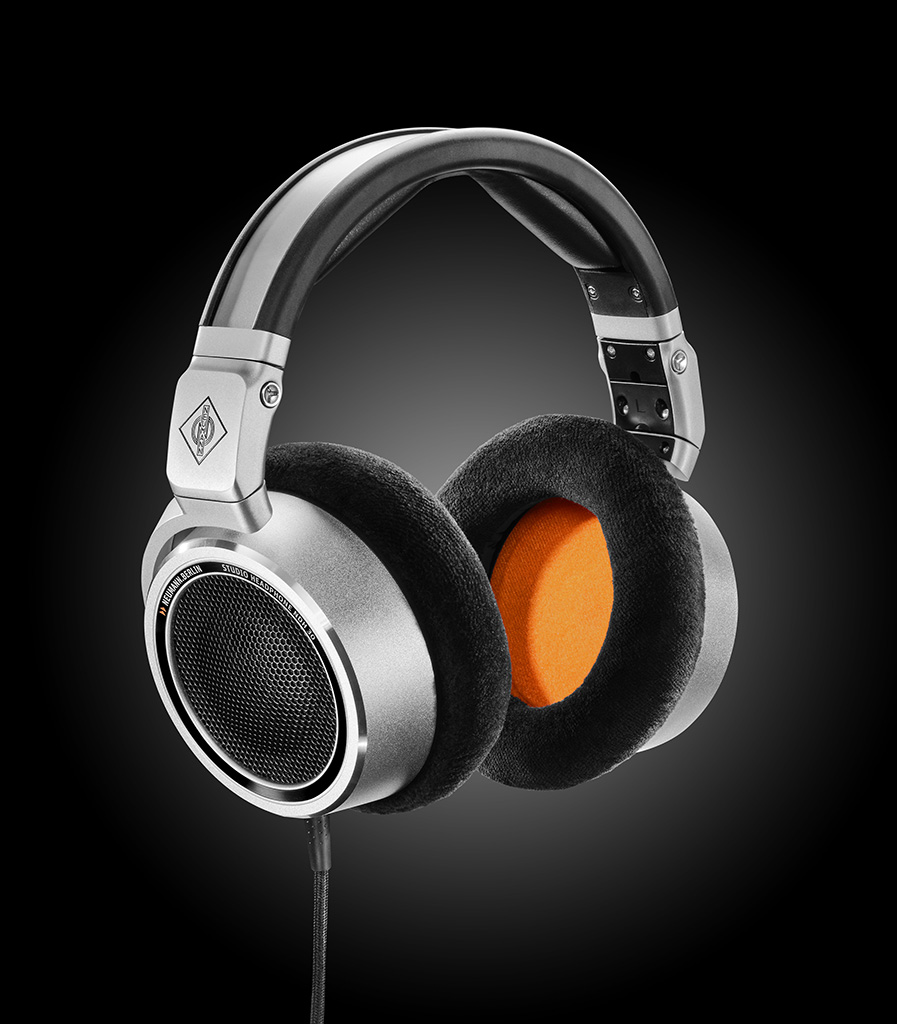
Subscribe to CX E-News
Open-Back Headphones
Neumann has a new pair of open-back headphones, only its second pair ever released. But while the new NDH 30s follow hot on the heels of the company’s inaugural headphone release, the closed-back NDH 20s, Neumann’s parent company, Sennheiser, are hardly strangers to headphone design and manufacture. From this perspective, Neumann’s headphone pedigree runs deep… very deep.
When Neumann contacted me recently about a potential review of its new open-back headphones, the NDH 30s, my curiosity was immediately piqued. The Neumann brand has been a cornerstone of the professional audio industry for almost as long as there’s been an audio industry!
But I haven’t always known this. In the mid ’80s, when I was a young teenage musician, I was caught by an in-house engineer flipping a Neumann U87 in my hand like a drumstick. When the engineer saw what I was up to, he freaked right out! Looking back on the incident today, I can understand why. I was clearly clueless about the value of such things… a Neumann U87 was just a funny-shaped mic.
How times have changed. If I were to witness a 16-year-old kid doing that sort of thing here at The Mill… well, let’s just say it wouldn’t go down too well.
Anyway, a few weeks ago (and 37 years after that initial interaction with a Neumann) the NDH 30s arrived, and I’ve been basically wearing them every day since, sometimes for hours at a stretch.
Open-backed, built beautifully to traditionally exacting Neumann standards (albeit in China), and resolutely neutral sounding, the NDH 30s are comfortable on the head and very impressive, both physically and aurally.
They are large headphones overall, with a smooth-edged, brushed-metal exterior, and wide pivoting earcups that allow the dynamic 38mm neodymium transducers to float slightly off your ears, thus minimising fatigue. They also fold flat for storage and transport.
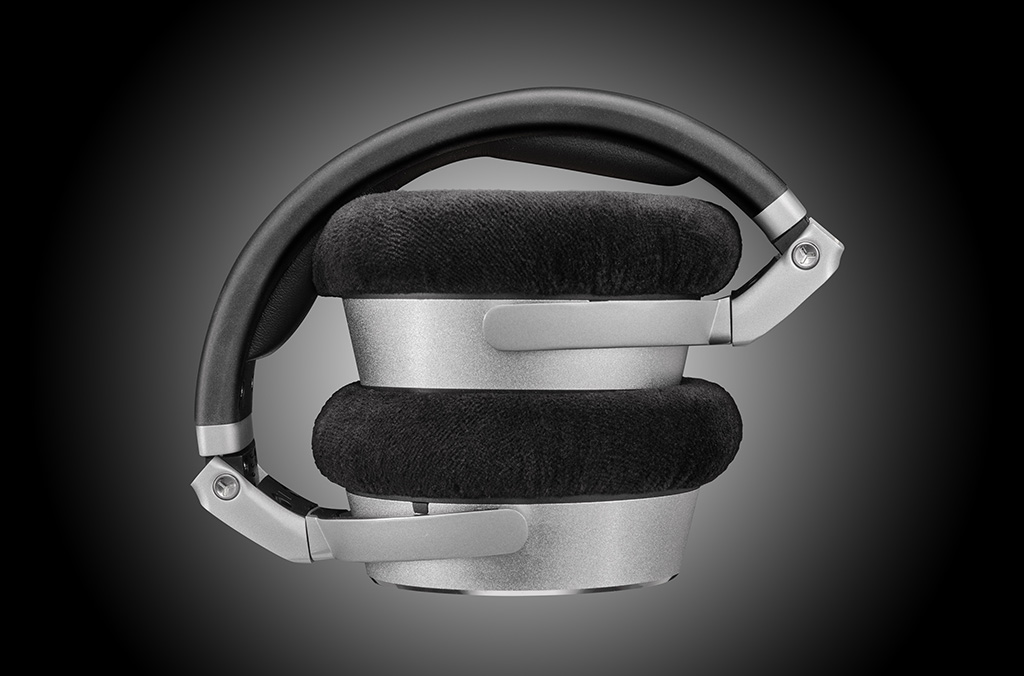
The NDH 30s are ‘classically’ Neumann in many respects, not least of which is their appearance. If the ubiquitous (and eminently flappable) U87 microphone could morph into the shape of a pair of headphones, this would be the form they’d adopt.
They’re not the most inconspicuous headphones I’ve ever worn, so if you like to make a statement with your audio attire these will certainly do that for you, although what that statement is exactly, I’m not sure. Just be aware that being open-back, they both allow environmental noise in, and spill your audio back out. Not good for public transport.
If, however, you’re intending to stay indoors and in the market for open-back, circumaural headphones primarily suited for mixing and mastering, or frankly, any situation where sonic accuracy is important (but live microphones are absent), the NDH 30s are a compelling option. In a nutshell, they are among the most well-balanced headphones I’ve ever had the pleasure of listening to.
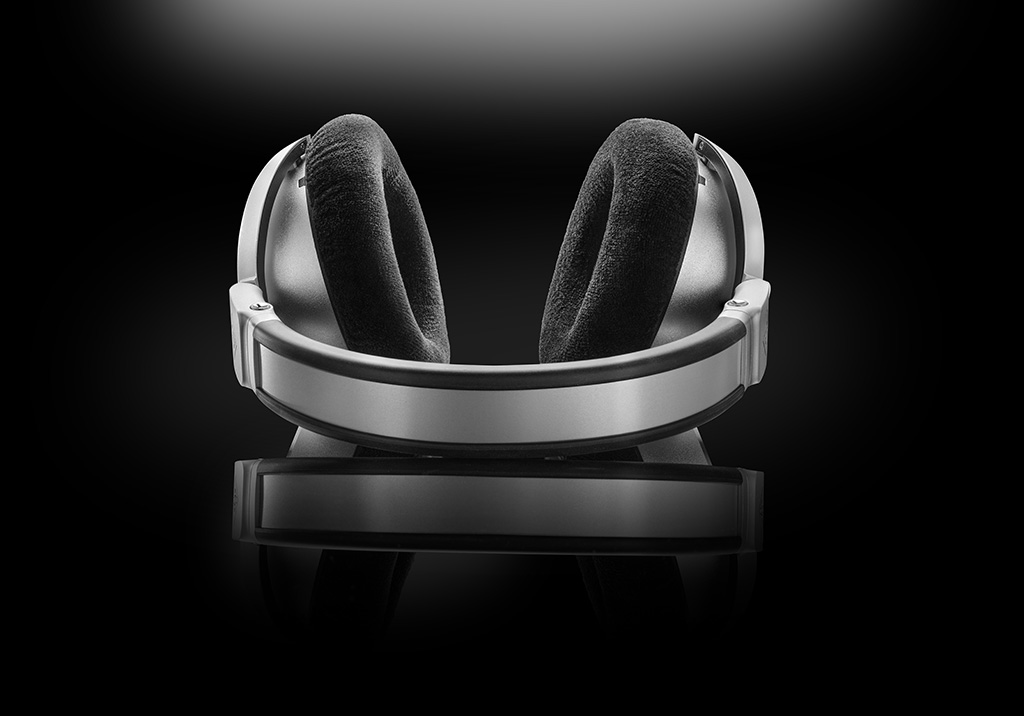
They produce a deep, wide and vivid soundstage that provides for exceptional levels of detail. Everything from the early reflections in your reverbs (which are voiced with such clarity that they almost sound real when you get them right), to the minutest panning detail, are effortlessly replayed by the NDH 30s.
Nothing about the soundstage is vague, or hyped, or exaggerated. The spatial resolution is razor-accurate and impressively deep right out to the far horizon of your mix, making them an almost visual experience, which I love.
But not only is the soundstage accurate into the distance, the NDH 30s also provide a microscope for your audio, revealing sounds like clicks and noises, transients, modulation and movement of every description with almost unnerving clarity. Tonal shifts become obvious where once they might have been vague, phase issues become clearly apparent and bottom-end runs down to a published 12Hz only when your audio demands it.
Consequently, they never feel gratuitously ‘full of bass’. Unlike many headphones, the detail down low is impressive. Where other headphones might only provide a weighty ‘lump’ down low, the NDH 30s provide detail below 100Hz that’s easily defined and manicured. They’re indeed a great tool for learning to judge the difference between a 60, 50, or 30Hz signal.
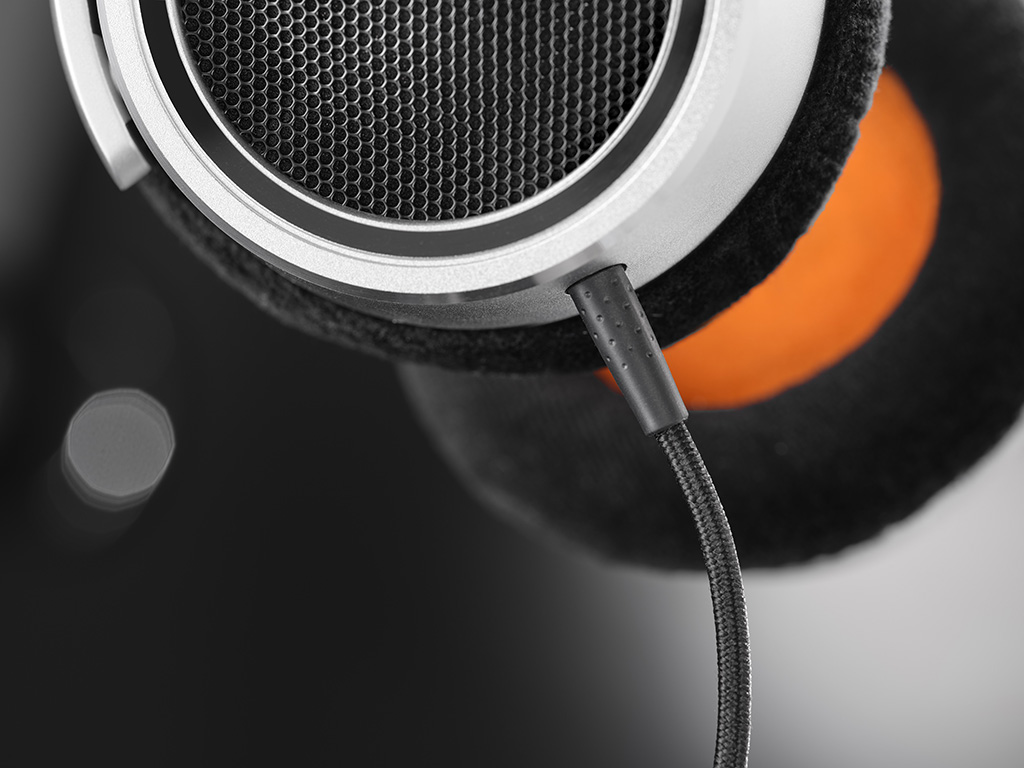
For mixing, the NDH 30s are an extremely potent tool, although one caveat to belatedly mention here is that headphones are generally one of the most subjective tools in your audio arsenal. Very few other aspects of audio are literally worn on your head, so like a hat, the first thing you need to do is test to see if they fit you. If you’re keen to try a pair out (and you’re prepared to pay $1200-odd dollars for a pair – RRP is $1229) test them on your own noggin first!
There’s no denying these are expensive headphones, and I’m not going to debate the pros and cons of their cost here. You know if you can afford them or not. All I can judge is that they are impressive sounding and would augment any mix engineer’s setup with a detailed and accurate over- the-ear perspective. In a world where literally millions of people are listening in headphones every day, it’s basically mandatory nowadays for any decent mix room to own a high-end headphone monitoring setup. These represent that facility.
More to this point: headphones are central to the vast expansion of consumer numbers listening to VR, gaming and Atmos audio. These environments represent whole worlds of audio that literally didn’t exist before, and their impact and influence on the way we all work is set to increase rapidly.
When I hear people say things like, “Oh yeah, listening to mixes in headphones is inaccurate,” or “monitoring in cans gives you a false impression of X, Y and Z,” my reaction is to wonder what century they’re working in. For me, it’s a dead argument, an entirely moot point. If consumers listen to sound in headphones, so should we.
Like headphones generally, the Neumann NDH 30s replay audio in a way that no speaker system could ever hope to replicate. There’s no doubting it’s a different way of listening to sound, but the NDH 30s do it very well indeed. If they seem intriguing to you, try them on for size. Literally.
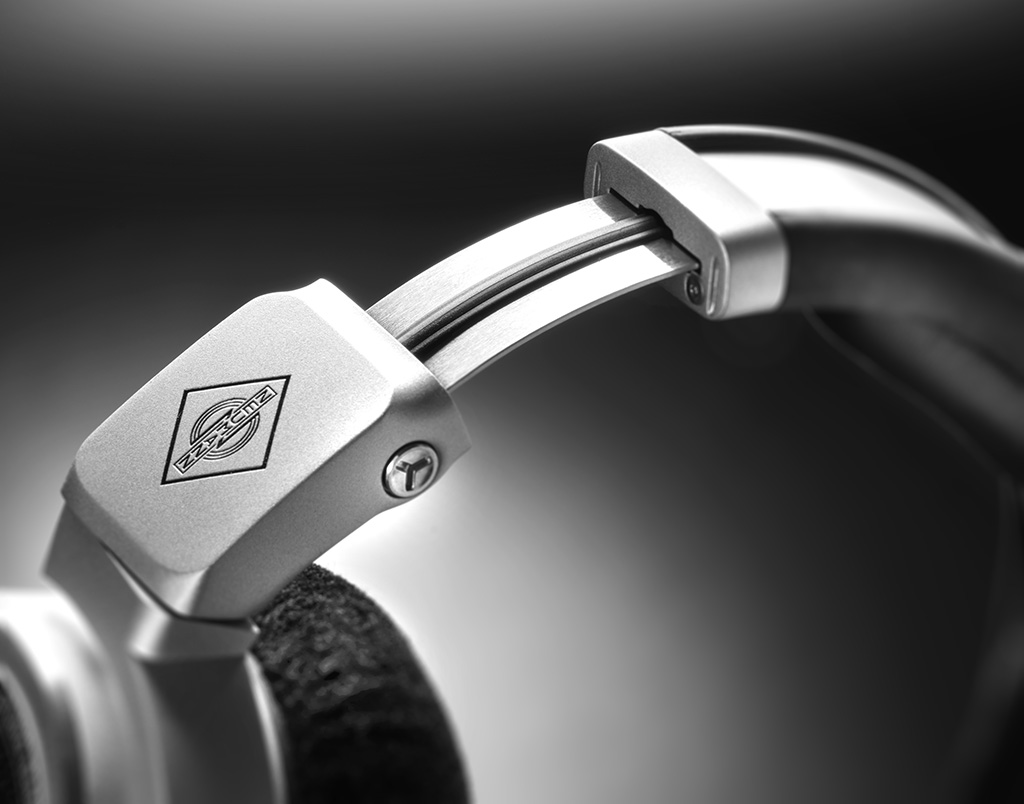
Product Info: en-de.neumann.com
Distributor Australia: en-au.sennheiser.com
Distributor New Zealand: en-nz.sennheiser.com
THE SPECS
- Frequency Range: 12-34,000 Hz
- Acoustic principle: Dynamic open
- Ear coupling: Circumaural
- Transducer diameter: 38 mm
- Transducer magnet: Neodymium
- Transducer protection:
- Cloth covered grille
- Nominal Impedance: 120 Ohms
- Sensitivity at 1 kHz/1 Vrms: 104 dB SPL
- Max input power handling: 1000 mW
- Continuous input power handling: 200 mW
- THD at 1 kHz and 100 dB SPL: <0.03%
Subscribe
Published monthly since 1991, our famous AV industry magazine is free for download or pay for print. Subscribers also receive CX News, our free weekly email with the latest industry news and jobs.






